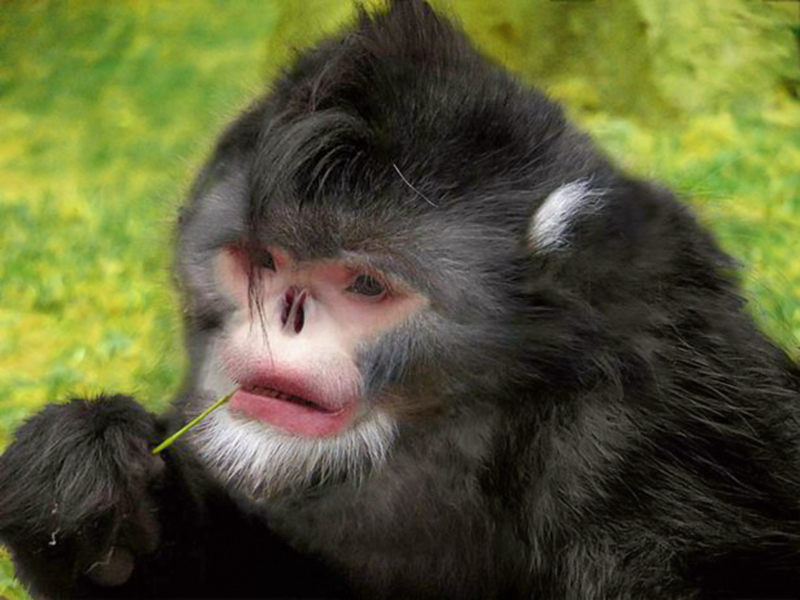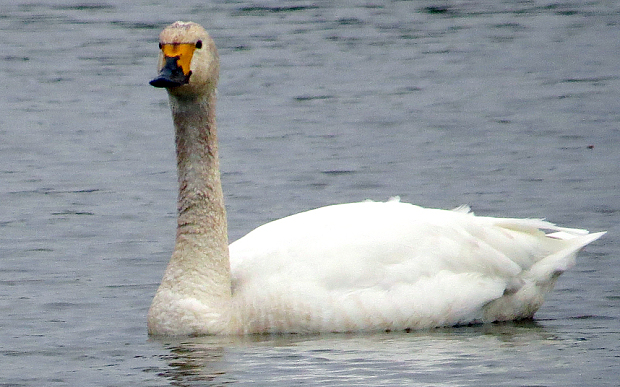
© Getty ImagesSneezy: The snub-nosed monkey
A monkey which sneezes in the rain and a "walking" fish are among more than 200 new species discovered in the Eastern Himalayas in recent years. A report on wildlife in Nepal, Bhutan, the far north of Burma, southern Tibet and north-eastern India has revealed discoveries in the past five years including 133 plants, 26 species of fish, 10 new amphibians, one reptile, one bird and one mammal.
Scientists learned of the snub-nosed monkey - or "Snubby" as they nicknamed the species - from locals in the remote forests of northern Burma, who said
it was easy to find the monkey when it was raining, because it often got rainwater in its upturned nose, causing it to sneeze. To avoid the problem, snub-nosed monkeys spend rainy days sitting with their heads tucked between their knees, the report said.

© Chintan Sheth, WWFBompu Litter Frog (Leptobrachium bompu)
The Eastern Himalayas are home to over 100 different amphibian species, including this striking blue-eyed frog. Called the Bompu Litter Frog (
Leptobrachium bompu), this species has distinctively wrinkled skin and black bands on its limbs and toes. The frog was discovered in the Indian state of Arunachal Pradesh, as the name suggests, among leaf litter along a stream. The males make a croaking call researchers described as a "kek-kek-kek-kek" sound. (Source:
treehugger)



Comment: See also: